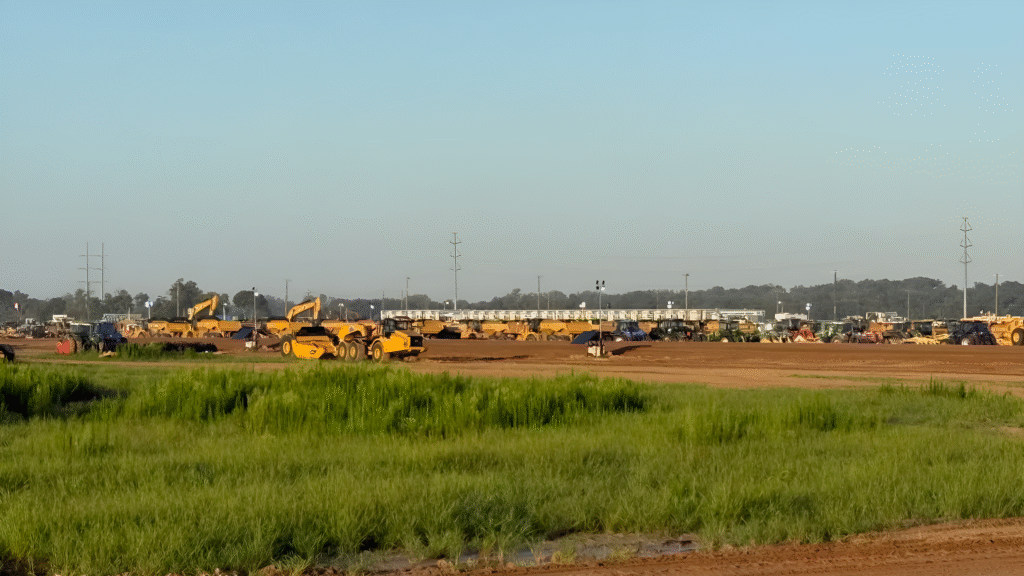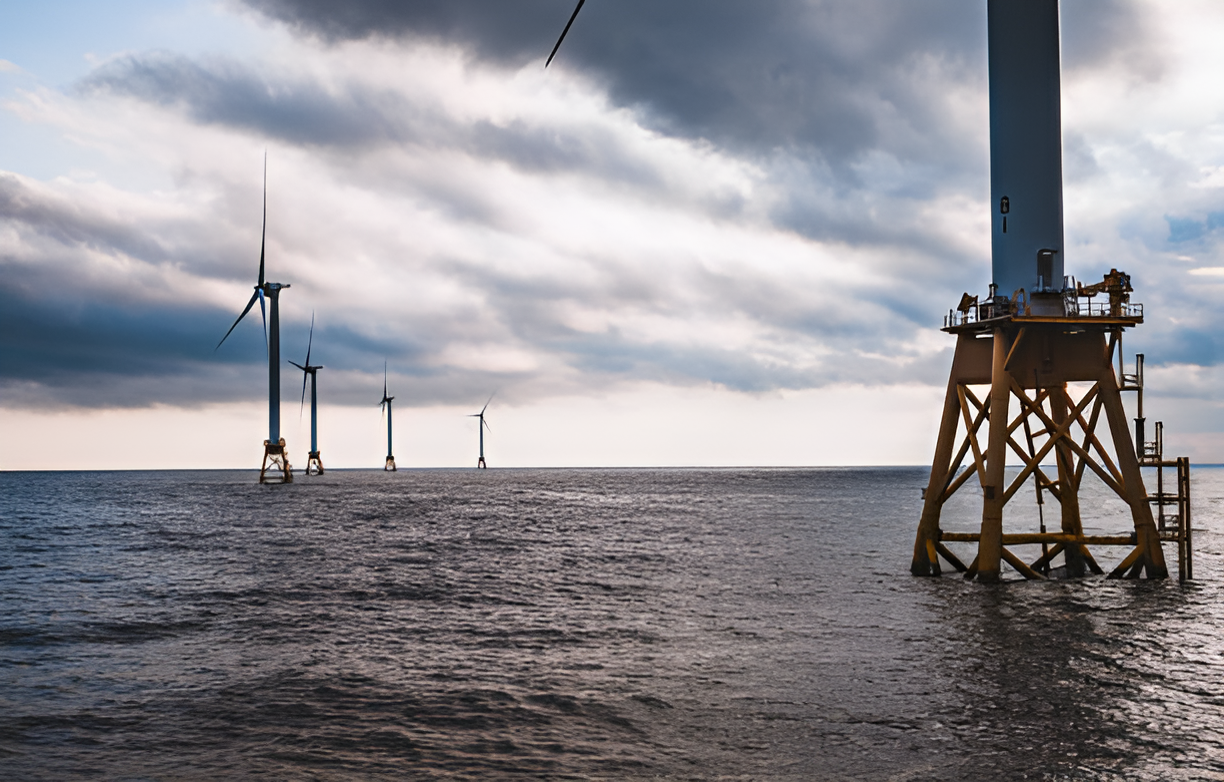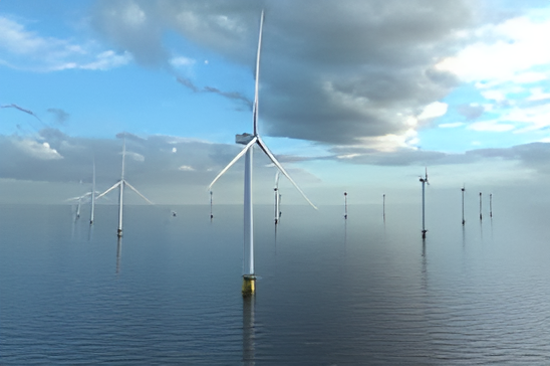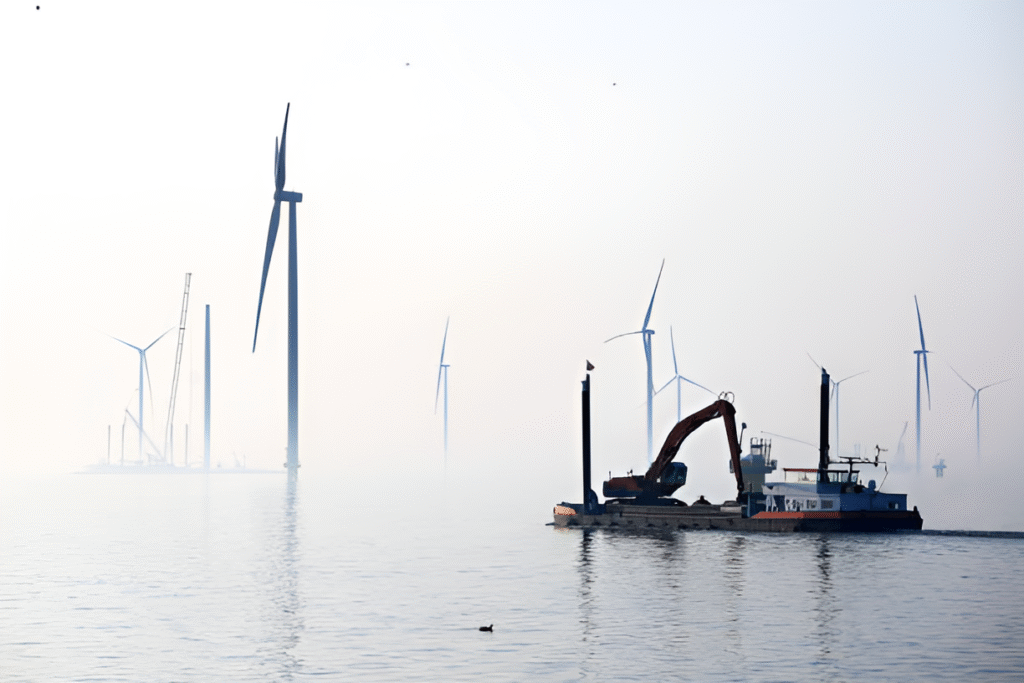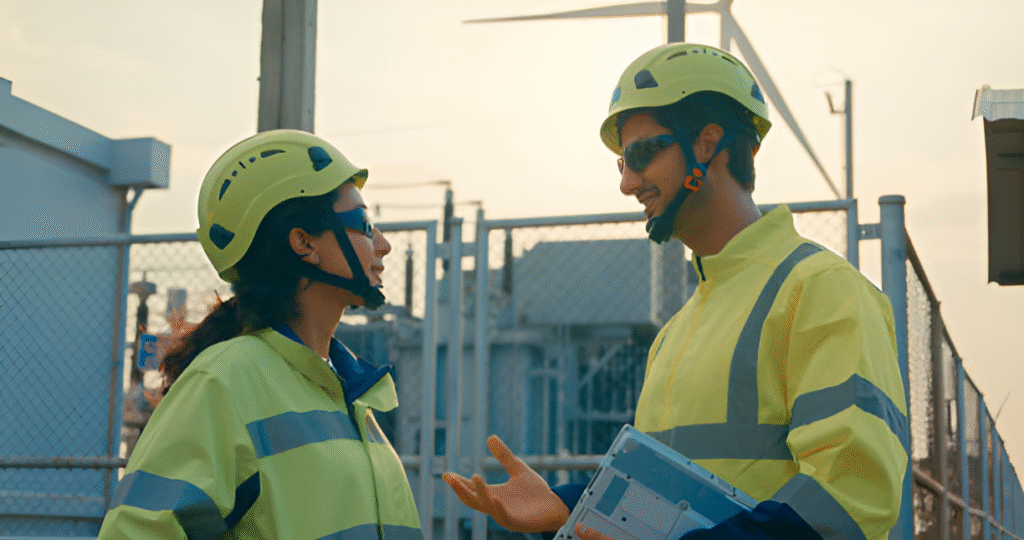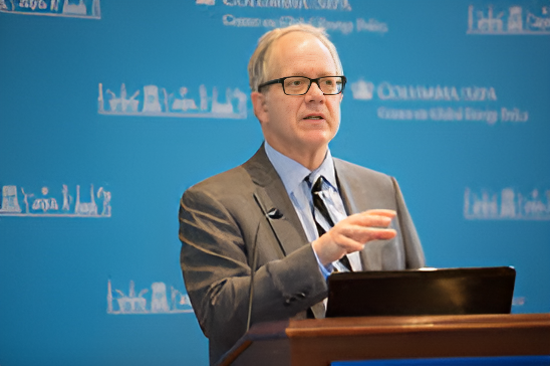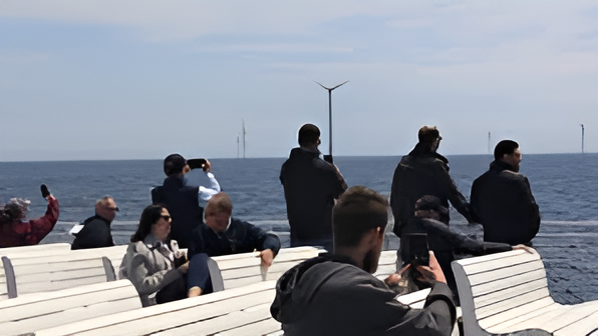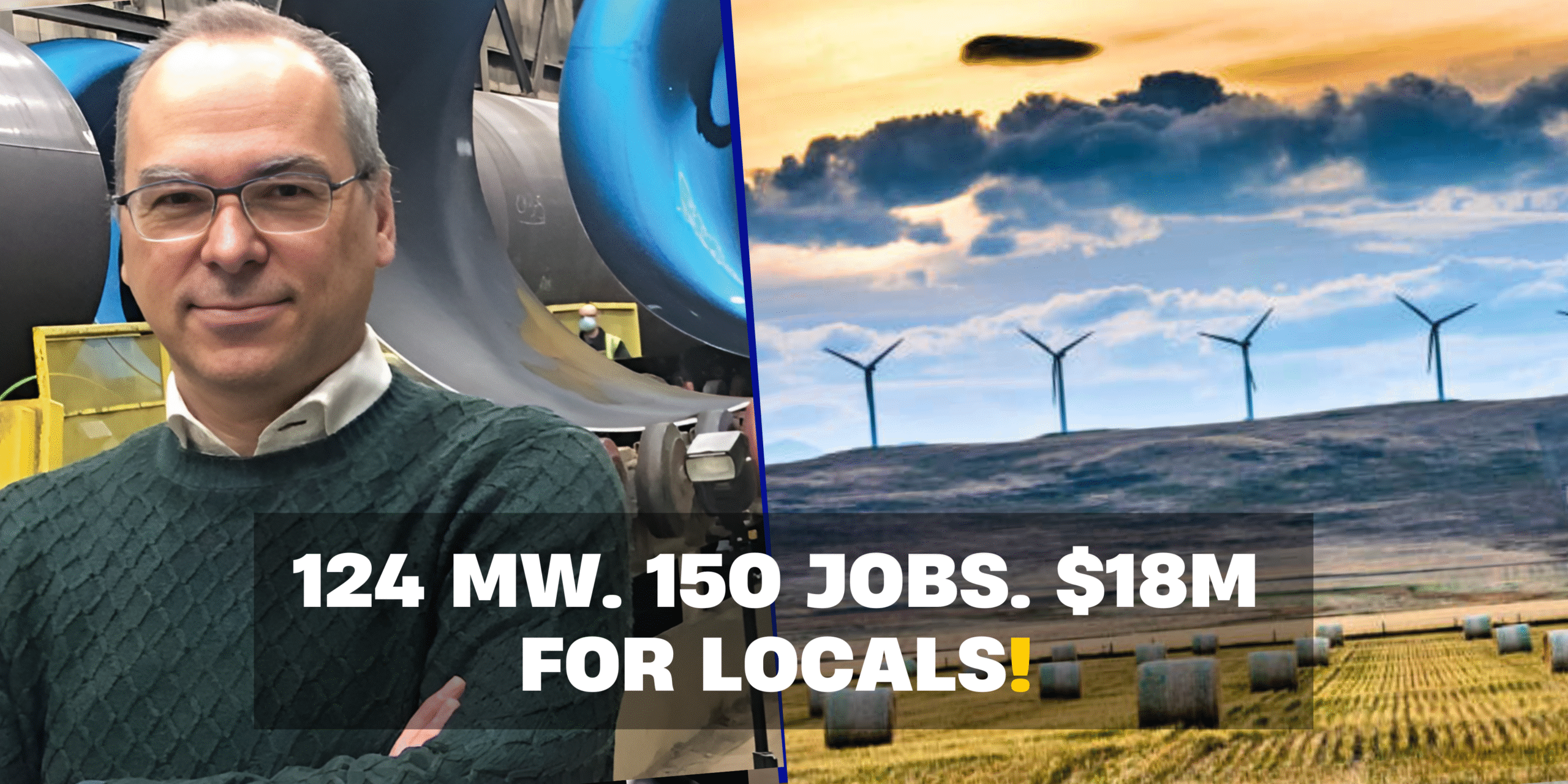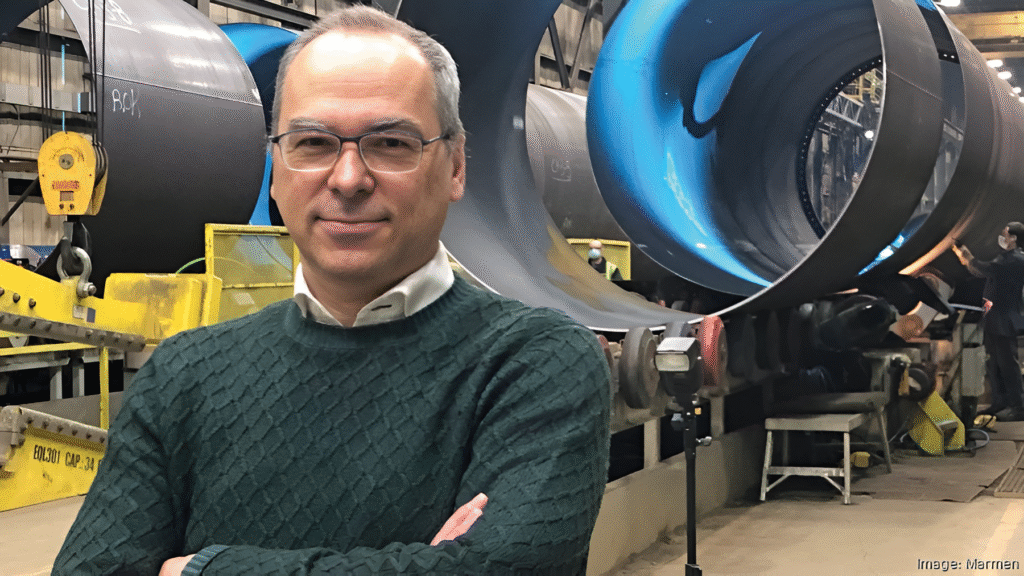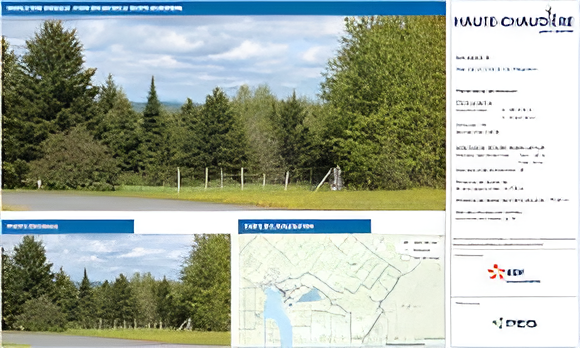China renewable energy news is great, with wind power boom in January-May enough to power entire countries like Indonesia or Turkey
BEIJING — June 2025
A charming example is set by china renewable energy record, China added 46 gigawatts (GW) of wind power and 198 gigawatts of solar power between January and May 2025, breaking China’s previous records and cementing its leadership in the global clean energy race. The Guardian says, the added capacity of wind and solar power during the five-month period in 2025 is enough to produce as much electricity as Indonesia or Turkey, according to Lori Mylivirta analysis, a senior fellow at the Asia Society Policy Institute.
In May alone, China solar power growth 93 gigawatts of installation, the equivalent China solar panels installed per second about 100, and wind power capacity added 26 gigawatts, the size of about 5,300 turbines. These installations could power countries like Poland, Sweden, and the United Arab Emirates, depending on operating conditions and efficiency.
“We thought China’s rush to install solar and wind power was going to be absurd, but wow,” Mylivirta commented on social media.
Table of Contents
China renewable energy record amid global climate tensions
The latest development comes amid ongoing informal climate talks between Chinese officials and former US negotiators in Beijing. Diplomatic relations over climate action have been strained since former President Donald Trump withdrew the United States from the Paris climate accord, accusing China of rampant pollution while protecting domestic industry.
Despite being the world’s largest greenhouse gas emitter, China is also by far the largest producer, installer and exporter of clean energy technology. China suppresses 1000 GW solar capacity, half of the total global production, according to government data and third-party trackers.
China green energy leadership was happen by Xi Jinping climate strategy. Chinese President Xi Jinping renewable energy speech has increasingly tied the country’s climate goals to national industrial policy, framing clean energy expansion as essential to rejuvenating the economy.
China’s role in the global climate talks now is not just about how much wind power China adds in 2025, but also about how it is winning the global clean energy race. “In the past five years, China has built the world’s largest and most complete new energy industrial chain,” Xi said at a conference in April.
The term “new energy” refers not only to wind and solar power, but also to battery storage, EV infrastructure and grid-scale technology.
This development has been accompanied by an explosive growth in supply chains and exports. But it has also put the financial squeeze on the whole of China’s solar industry. According to Bloomberg, the five largest Chinese solar companies reported a combined loss of more than 8 billion yuan in Q1 of 2025.
Speaking at a recent industry conference, Yang Liyou, general manager of Jinneng Technology, said the existing pricing and production model was a“ death cycle,” suggesting hyper-competition and wafer-thin margins could endanger the stability of China’s place as the world’s clean energy manufacturing kingpin.
World Impact and Climate Implications
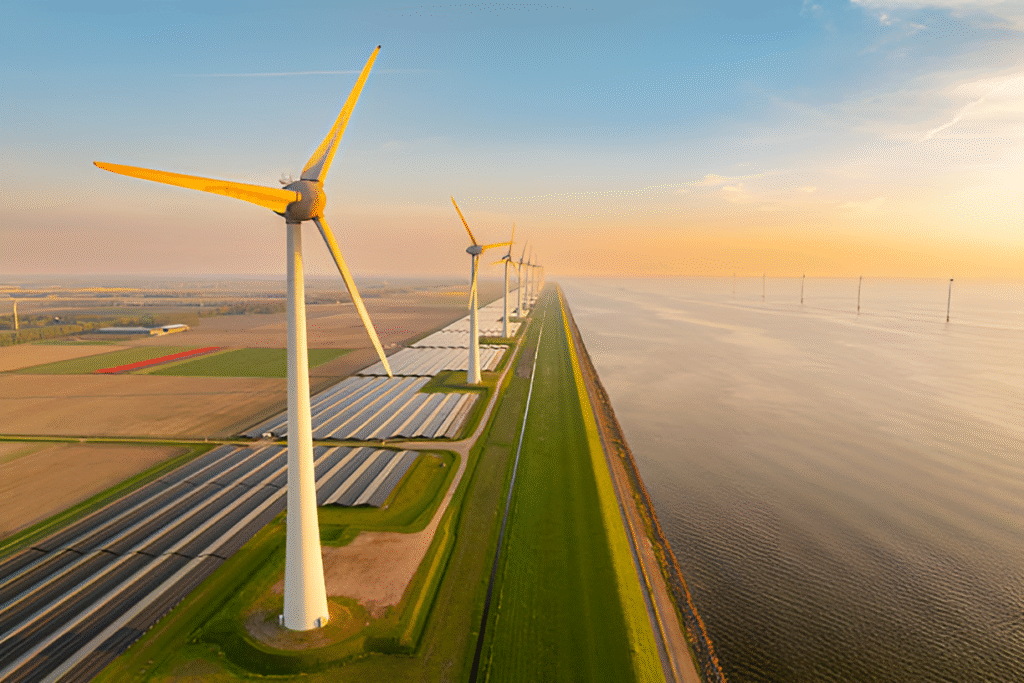
China’s breathtaking build-out of wind and solar installations isn’t just actively reshaping its own energy landscape — it’s sending ripples out across global energy markets, upending international geopolitical strategies and, with it, the future of the clean energy transition.
Economically, sprawling production in China has pushed global prices for solar panels and wind components to historic lows. China solar and wind growth is good for developing countries with demand for affordable, clean energy, but it is also putting pressure on Western manufacturers, some of whom are pushing for trade barriers and subsidies to shield their domestic clean energy industries.
Politically, these numbers give China the ability to leverage climate diplomacy, particularly at a time when the United States and the E.U. are pressing for steeper emissions cuts even as they struggle with their own internal policy divisions. Now that China’s momentum in clean energy has become tightly linked to its economic strategy, the country will have an upper hand in future climate talks — especially since some Western powers are rethinking their dependence on Chinese-made technologies.
China clean energy expansion surge also speaks to a bigger pattern: The global center of gravity for energy innovation is shifting east. If the trajectory holds, China will be not only the largest emitter or the largest builder of clean energy, but it will also become the yardstick by which we measure whether, in the next generation of energy infrastructure, we will have a livable planet or not.
As China continues to pull ahead with the deployment of clean power, the geopolitics and economics of energy transition are changing. The sheer magnitude of the country’s manufacturing and installation has driven down worldwide prices but has also spawned concerns about sustainability, labor practices and market fairness.
Meanwhile, nations like the U.S. and those in the EU are re-evaluating trade and subsidy strategies to safeguard domestic clean energy industries, while attempting to achieve net zero goals.
As new solar and wind capacity is added at record-breaking rates — and political rhetoric is tightly intertwined with industrial strategy — China is, for once, not just competing in the race, Ms. Hsu said. It’s setting the pace.
China solar and wind power growth: Jan–May 2025
🌬️ 46 GW of wind power added
☀️ 198 gigawatts of solar power added
⚡ May only: 93 GW solar, 26 GW wind
🏆 Total installed solar: 1,000+ GW
📈 Enough new capacity to power: Poland, Sweden, Indonesia, Turkey
So that, China renewable energy record in 2025 represent a turning point for how the world uses energy. And with 46 GW of wind and 198 GW of solar deployed in only the first five months of the year, the country isn’t just outpacing its own climate targets, or lucrative wind and solar installation in china but redefining the global clean energy market.
Challenges endure — from economic hardship facing domestic producers to mounting geopolitical suspicion — but China’s sheer scale, speed and strategic linking of clean energy with economic policy have made it an unparallelled force in the field. As the world once again contemplates the urgent need for climate action and for secure energy, China’s market moves are making clear that the race to dominate the renewable energy is no longer some nod to a green future — it’s on.



